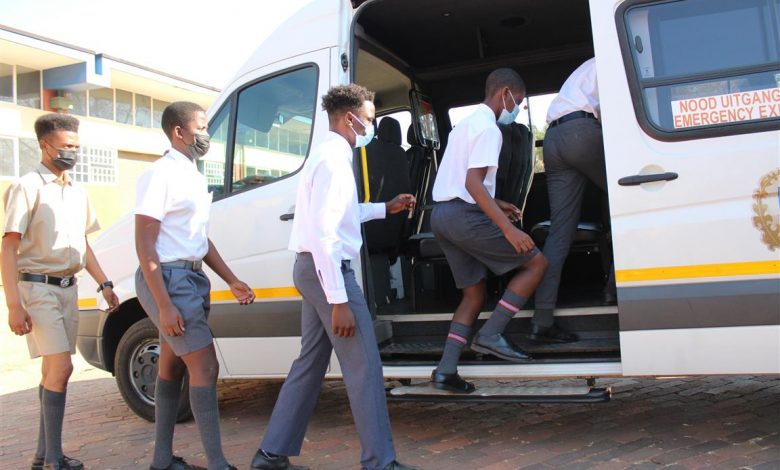
By Bongiwe Zwane-Maseko
The decision to send our children to school through public transportation including buses, kombis, and sedans is, at the outset, a simple one. Most parents would, if they had infinite time and money, choose to drop them off themselves.
Sadly though, this is not the case for a large majority. With limited time and money, and juggling responsibilities, they do a cost-benefit analysis. These are not the only reasons why the decision is taken though.
For younger children, such as those starting preschool, it is even more concerning for parents to see them going off on their own but as months by, they start being comfortable with the arrangement. We look at some of the pros and cons of school children using public transport;
Pros
- Minimum ambiguity, Maximum discipline – There won’t be any last-minute dashes due to a parent’s hectic schedule. If the transport picks up your child from home, it is even more convenient as you endure less stress worrying about road safety matters.
- A Multitude of Choices – The child has several choices for spending his or her time. From enjoying the solitude to making friends and spending time with them to spending time reading or studying, especially if the distance from home to school is long.
- A Question of Friendship – Studies have shown that adults who have close long-term friendships do better than their less sociable counterparts. This is especially important as the age when the child is attending high school is when intimate friendships are most often born. Public transportation provides space for socialization and making friends with other children through frequent and regular interactions.
- A Lilangeni Saved is a Lilangeni Earned – Many families have significant financial constraints. Public transportation is a relatively safe option for them to send their kids to school. This becomes even more important if their neighbours are sending their kids to the same school through the same means.
- A Question of Responsibility – Children who use public transport to go to school tend to become more independent and responsible at an earlier age than their peers. While public transportation may lead to nervousness among the parents, this quickly disappears as the child learns and demonstrates responsibility.
- A Benefit to Society – Apart from the increased car traffic and pollution and all the negatives that go with it, it has been seen that children who use public transit systems to get to school develop a healthy appreciation for public transport facilities. And they have a greater tendency to use as well as support its use through adulthood.
Cons
- Safety – The Primary Concern – While there are several benefits to public transportation, it cannot be denied that there is one area where private transport trumps. And this, in the opinion of many parents, is their single most important concern. This is especially true in difficult neighbourhoods. And while using public transit is certainly safer than walking to school, it doesn’t beat the family car in this respect.
- Harassment – Closely related to the above-mentioned one, avoiding being bullied or harassed – and not having a proper channel to address it, is an important factor for parents in choosing not to send their child through public transportation. Children may also get traumatised by events they are not part of, but simply witness.
- Sharing is Caring – The primary reason for preferring private transportation to public transportation is safety. Parents often compromise due to the difficulty of taking children to their school amidst their hectic schedules. This is true especially when both parents are working. This can be mitigated by carpools, where parents of different children alternate the responsibility of taking them to school.
- The Hour Expands – Taking public transportation inevitably means that the child needs to spend more time in transit. From walking to their stop to wait for the bus to the longer routes (that must be) taken by the bus; and back again while returning home.
- Discomfort and Overcrowding – Most schools start and end around the same time. So, when a bus comes along, it may be overcrowded. And this makes for a negative experience for the child, which they may not be able to handle. This effect is even more prominent while returning home.
- Differing Standards – A study indicated that among children between the ages of 9 and 13, only 6 per cent play outside. At a time when parents are overprotective about their children, can we reasonably expect the children to be able to handle themselves in public settings? With unfamiliar people? In a crowd? And then there’s the question of personality. Do they get anxious? Under difficult circumstances, will they be able to call the parent and communicate with them?
So there you have it. Why you should rely on public transportation for your children’s school travel. And why you shouldn’t. Priorities and personal preferences play a big role. But we hope this will help you make a more informed decision.






